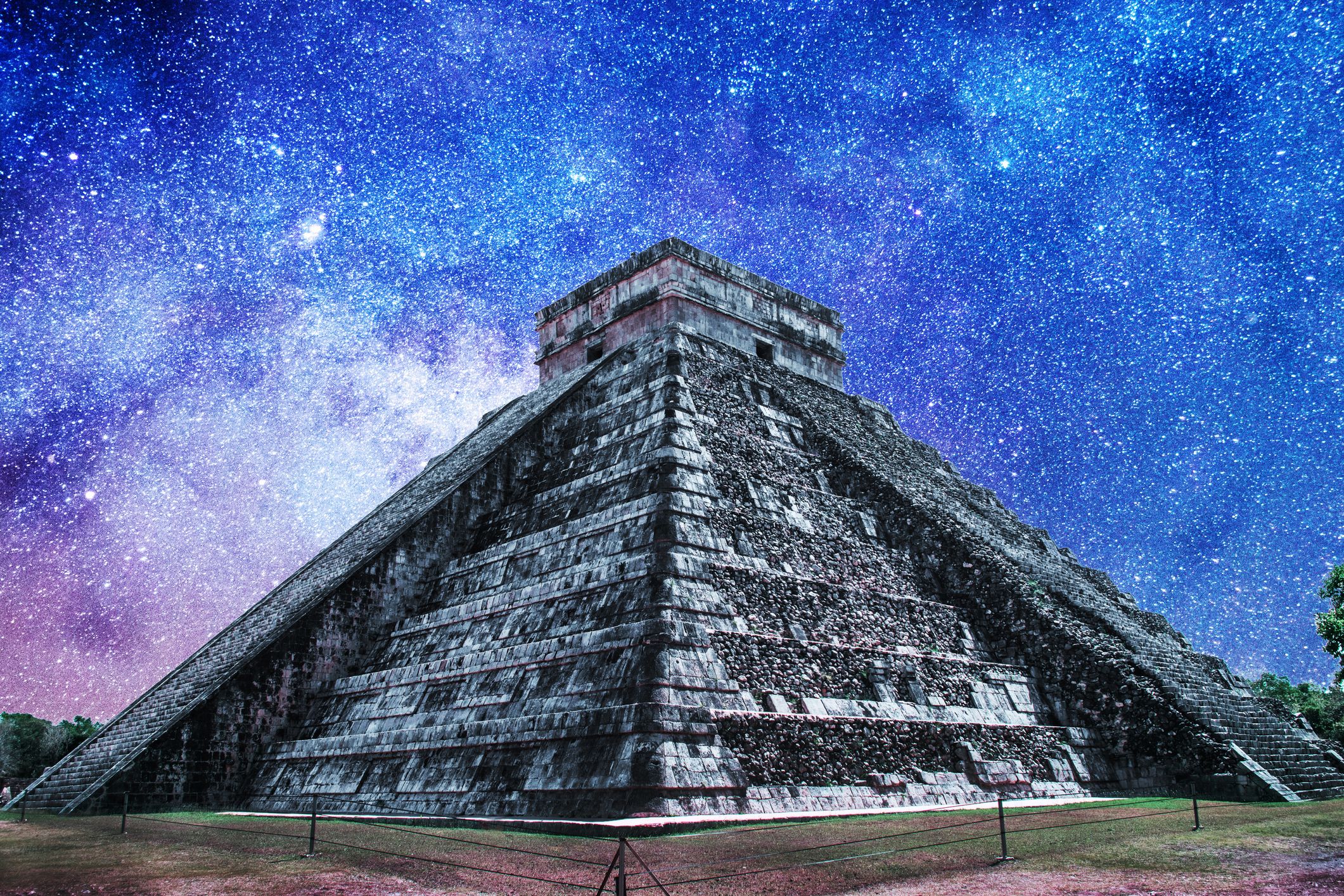Latin America
Related: About this forumArchaeologists Found a Smoking Gun Behind the End of the Maya Kingdom's Reign
How burned artifacts offer a window into the dismantling of a dynasty.
By Tim Newcomb

jopstock//Getty Images
Archaeologists discovered clues to a fire in Guatemala from between 733 and 881 AD that they say represents a key turning point in Maya rule—a very public turning point.
The discovery at the Maya site of Ucanal in Guatemala “marked a public dismantling of an old regime”—a rather pivotal moment in the collapse of rulers and key point in political power that isn’t often shown so clearly from an archeological find, the authors write in a study published in the journal Antiquity.
The event in question occurred at the capital of the K’anwitznal kingdom near a burial site. The bodies and their ornaments—items include a jewel-adorned stone mask, fragments of a greenstone diadem, and jade ornaments—were moved from a tomb to a public burning site, where fire engulfed some of the centuries-old items for all to see.
“This event marked a moment of change in the kingdom and in the lowlands,” the authors write. “Rather than examine this fire-burning event as a bookend to Maya history, we view it as a pivot point around which the K’anwitznal polity reinvented itself and the city of Ucanal went on to a flourishing of activities.”
The new leadership regime welcomed a non-royal leader called Papmalil, and there is little in the written record indicating how he came to power. “Papmalil’s rule was not only seminal because of his possible foreign origins—perhaps breaking the succession of ruling dynasts at the site—but also because his rule shifted political dynamics in the southern Maya lowlands.”
More:
https://www.popularmechanics.com/science/archaeology/a64514529/maya-kingdom-collapse-burning-event/
Judi Lynn
(163,361 posts)by Guillermo Carvajal
October 10, 2024

Excavations at the ancient Mayan city of Ucanal, Guatemala. Credit: Proyecto Arqueológico Ucanal
A recent study published in the Journal of Archaeological Science: Reports has revealed mercury contamination in the ancient water reservoirs of the Maya city of Ucanal, located in Petén, Guatemala. The research team, made up of archaeologists and geoscientists, found excessively high levels of mercury in the sediments of three water reservoirs dating back to the Terminal Classic period, when the city reached its peak. This raises questions about the health and living conditions of the Maya population that inhabited this city.
Mercury, in its cinnabar form (mercury sulfide), was widely used by the Maya in funerary ceremonies and as a pigment in the decoration of buildings and luxury objects. However, until now, little was known about the potential environmental contamination risks this substance may have caused in ancient Maya cities.
The study analyzed sediments extracted from three water reservoirs, known as Aguada 2, Aguada 3, and Piscina 2, located in different areas of the city. The results showed that all the reservoirs had mercury concentrations above the toxic threshold, reaching levels that classify the sediments as
Cinnabar found on artifacts from Ucanal, Guatemala: (a) crushed cinnabar pigment on the interior of a utilitarian ceramic vessel (Cambio Unslipped type) and likely as a receptacle for pigment preparation, it was recovered intermixed with materials from a Late Classic bone tool production workshop in elite residential Group J (UCA1B-12-8-1322); (b) jade ornament (UC-PV-042) from a royal burial deposit, Burial 20-1. Credit: C. Halperin
Particularly in Aguada 3, researchers found a mercury level of up to 16.91 micrograms per gram, more than ten times the level considered safe for freshwater ecosystems. This reservoir was located near non-elite residential areas, suggesting that the contamination was not limited to the city’s upper classes, but may have affected the entire population.
More:
https://www.labrujulaverde.com/en/2024/10/the-entire-maya-city-of-ucanal-and-its-inhabitants-were-contaminated-with-mercury/